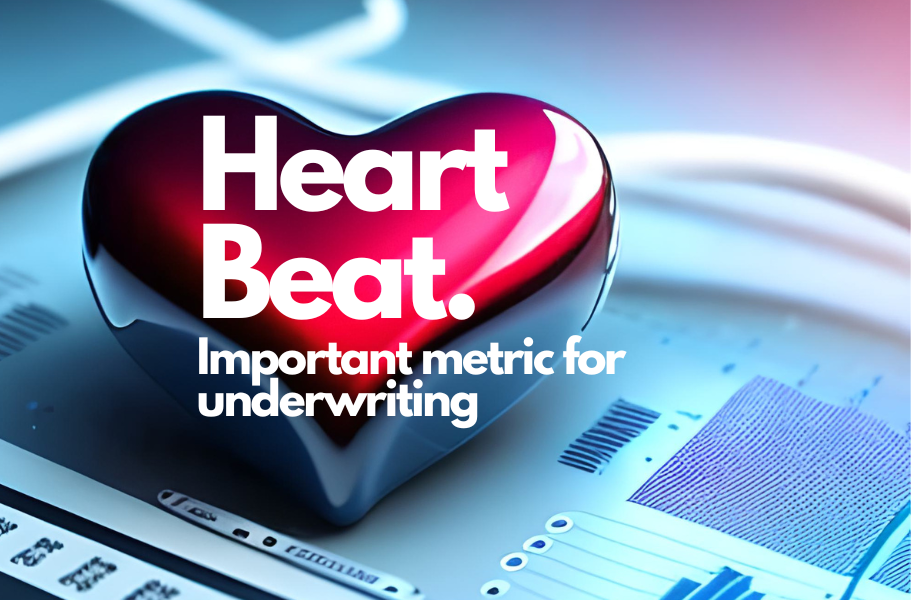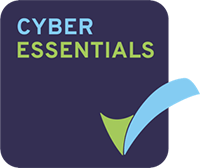If you have ever applied for health insurance, you might have wondered why the insurer asks you for your heart rate. This information, along with other health data, is used in the underwriting process to determine your premium and the coverage you are eligible for. Measuring the heart rate is a crucial part of this process as it provides valuable insights into an individual’s overall health and potential risk for certain medical conditions. In this article, we will discuss the importance of measuring heart rate for health insurance underwriting
Understanding Health Insurance Underwriting
Before we dive into the importance of measuring the heartbeat, let’s first understand what health insurance underwriting is. Health insurance underwriting is the process of evaluating the risk of insuring an individual. It is the process by which insurance companies determine the premiums an individual needs to pay for their health insurance policy. Underwriting is based on various factors like age, gender, medical history, lifestyle, and overall health status. Insurance companies use this information to determine the risk of insuring an individual and set premiums accordingly.
The Role of the Heartbeat in Health Insurance Underwriting
Measuring an individual’s heartbeat is a vital aspect of health insurance underwriting. Heartbeat measurement helps to determine an individual’s cardiovascular health status. Cardiovascular health is an essential factor in determining the risk of an individual’s health. A healthy heart indicates that the individual has a lower risk of developing heart disease or other cardiovascular diseases, and thus, the insurance premium rate would be lower.
How the Heartbeat is Measured for Health Insurance Underwriting
There are different ways to measure heartbeat for health insurance underwriting. The most common way is to measure the resting heart rate. Resting heart rate is the number of times your heart beats per minute when you are at rest. It is usually measured by taking the pulse on the wrist or neck for a minute. Another way to measure heartbeat is through a stress test. A stress test is done to determine how well the heart responds to physical activity. During a stress test, the individual is asked to perform physical activity like walking on a treadmill or cycling while the heart rate is monitored.
Importance of Measuring the Heartbeat for Health Insurance Underwriting
The importance of measuring heartbeat for health insurance underwriting cannot be overstated. Measuring the heartbeat helps insurance companies to determine an individual’s overall health status. This information helps insurers to assess the risk of insuring an individual accurately. Insurers can determine the likelihood of an individual developing a cardiovascular disease based on their heartbeat.
A healthy heartbeat indicates that the individual has a lower risk of developing cardiovascular disease. This means that the individual is less likely to file a claim, and thus, the insurance premium rate would be lower. On the other hand, an unhealthy heartbeat indicates that the individual has a higher risk of developing cardiovascular disease. This means that the individual is more likely to file a claim, and thus, the insurance premium rate would be higher.
The Impact of the Heartbeat on Insurance Premiums
Insurance companies may also use heartbeat information to offer discounts on insurance premiums. For instance, some insurers may offer discounts to individuals who exercise regularly and maintain a healthy heartbeat. This is because regular exercise and a healthy heartbeat can reduce the risk of developing cardio vascular diseases.
How can insurers measure the heartbeat of people at scale using what technology?
Insurers can measure the heartbeats of people at scale using wearable technology such as fitness trackers, smartwatches, and other health monitoring devices. These devices are equipped with sensors that can track a person’s heart rate continuously throughout the day, providing insurers with a wealth of data to inform their underwriting decisions.
Fitness trackers and smartwatches are becoming increasingly popular among consumers, and many people already own these devices. Insurance companies can partner with wearable technology companies or develop their own monitoring devices to collect heart rate data from their policy holders. This information can then be analyzed to assess a person’s overall health status and determine their risk level for developing heart-related conditions.
Additionally, insurers can also utilize telemedicine and remote monitoring technologies to collect heart rate data from individuals. Telemedicine allows doctors to remotely monitor their patients’ health using connected devices, including heart rate monitors. This technology can be particularly useful for individuals living in remote or rural areas with limited access to healthcare services.
Overall, the use of wearable technology, telemedicine, and remote monitoring can enable insurers to collect heart rate data at scale and make more informed underwriting decisions. As these technologies continue to evolve and become more accessible, it is likely that insurers will increasingly rely on them to measure heartbeats and other health metrics.
So how can Vastmindz help insurers?
Vastmindz is a technology company that specializes in remote patient monitoring solutions. Their platform allows healthcare providers to collect and analyze patient data remotely, including heart rate data, using patients’ own devices such as smartphones and tablets. This technology has the potential to be scalable and cost-effective for insurers looking to measure heartbeats at scale and increase the rate at which patients can be underwritten.
With Vastmindz technology, insurers can provide policy holders with a mobile app that can be downloaded onto their personal devices. The app can then be used to collect heart rate data and other health metrics, which is then transmitted securely to the insurer for analysis. This eliminates the need for policyholders to purchase expensive wearables, making the technology more accessible and cost-effective.
The Vastmindz platform is designed to be scalable, allowing insurers to collect heart rate data from large numbers of new and existing policyholders. The technology is secure and security compliant ensuring that this data is transferred and secured in the safest way.
Overall, the Vastmindz platform offers a promising solution for insurers looking to measure heartbeats remotely and at scale. By leveraging patients’ own devices, insurers can reduce costs and improve accessibility, making it easier for individuals to participate in remote monitoring programs. As the technology continues to evolve and become more widely adopted, it has the potential to transform the way insurers collect and use health data.
Can an individual improve their insurance premium rate by improving their heartbeat?
The short answer is no, an individual cannot improve their insurance premium rate by improving their heartbeat alone. Insurance premiums are based on various factors, including age, gender, health history, and lifestyle choices, such as smoking and drinking. While having a healthy heart can lower the risk of certain health problems, such as heart disease, it is just one of many factors that insurers consider when determining premiums.
Are there any other factors that impact health insurance premium rates?
Yes, there are other factors that impact health insurance premium rates. Age, gender, medical history, lifestyle, and overall health status are all factors that insurers consider when determining insurance premium rates.
Can individuals with an unhealthy heartbeat still get health insurance?
Yes, individuals with an unhealthy heartbeat can still get health insurance. However, they may haveto pay higher insurance premiums compared to those with a healthy heartbeat.

Author:
Nikhil Sehgal
Improving health & wellbeing with AI | Founder/CEO @ Vastmindz | Forbes 30 Under 30


